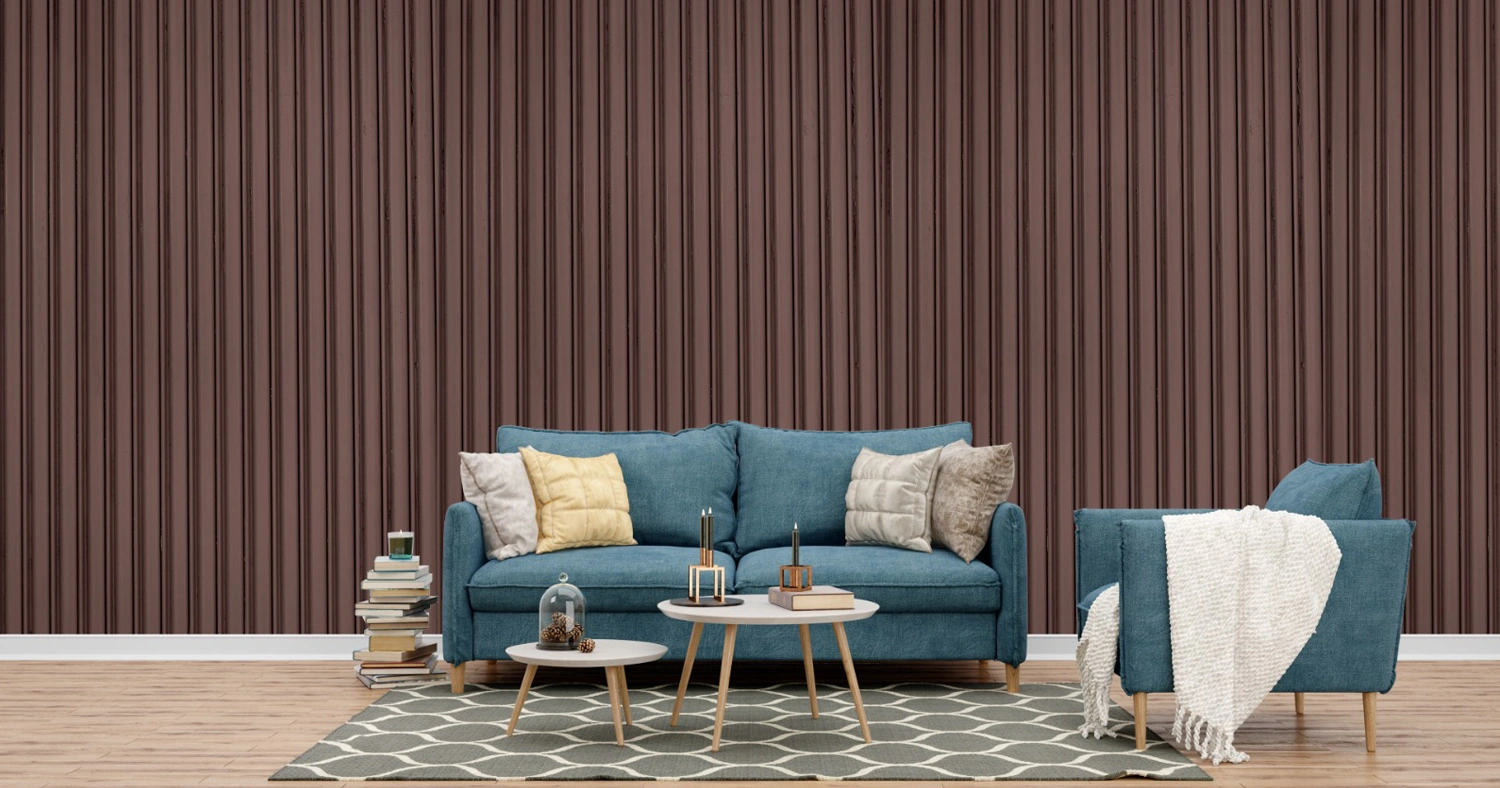There is a fresh and innovative approach to interior design that places equal emphasis on use and sustainability as on beauty.
The need for ecologically friendly materials and solutions in all facets of design and construction is rising along with our awareness of environmental issues.
In this regard, the invention of WPC (Wood Plastic Composite) Louvers represents a substantial advancement in the direction of stylish yet environmentally conscious house design.
Sintek, a premium maker & supplier of exterior & interior products will try to find out why WPC Louvers are not only aesthetically pleasing but also ecologically conscious.
Join us on this journey to discover how WPC Louvers, one sustainable louver at a time, can transform the era of interior design.
Understanding Interior Design Sustainability
The goal of using sustainable products, materials, and design techniques in interior design is to lessen the impact on the environment while increasing efficiency and longevity.
The days of using interior design only to make a space look nice are long gone.
An increasing number of designers, architects, and homeowners are conscious of how their design choices affect the environment today.
Nowadays, the concept of sustainability guides our interior project planning, organizing, and design processes.
Interior designers must take a sustainable approach because of the growing awareness of the built environment’s substantial impact on the environment.
Conventional building practices and materials typically cause climate change, create pollution, and deplete natural resources.
The devastation of natural woods and the extraction of limited minerals for metals and concrete are only two examples of how common interior design materials hurt the environment.
However, at Sintek, the design fraternity has found a potentially helpful choice in WPC Louvers as we always hunt for more ecologically friendly options.
These cutting-edge architectural elements encapsulate sustainability by fusing elegance, functionality, and environmental awareness.
What are WPC Louvers?
WPC Louvers are innovative architectural elements made from a blend of wood fibres and recycled plastic.
This combination of natural and artificial components captures the strength and toughness of plastic while also adding the warmth and feel of wood.
WPC Louvers use recycled materials to help divert trash from landfills and lessen the need for virgin resources, which is an essential step in creating a circular economy.
Still, there’s more to WPC Louvers than just their environmentally friendly construction.
These adaptable architectural components have several advantages that are consistent with sustainable design ideas.
Design innovation and environmental stewardship go hand in hand, as seen by WPC Louvers, which offers a range of benefits including
Energy efficiency,
Thermal performance,
Durability,
And minimal maintenance.
This composite material offers the aesthetic appeal of wood with added durability and sustainability.
Environmental Benefits of WPC Louvers
The environmentally friendly nature of WPC Louvers is one of its primary advantages.
Additionally, by using recycled materials, WPC Louvers contribute to waste reduction and lessen the need for virgin resources, which makes them an environmentally friendly option for interior applications.
Their production frequently produces less carbon dioxide than that of traditional materials, thereby lessening their impact on the environment.
Thermal effectiveness and energy efficiency
WPC louvers are a key element in raising a building’s energy efficiency.
They require less artificial lighting and mechanical cooling systems because of their design, which maximizes natural light.
Additionally, they aid in controlling interior temperature and save energy and utility costs due to their thermal insulation qualities.
Sturdiness and Longevity
While typical materials could break down over time, WPC Louvers are incredibly strong and long-lasting.
Even in severe weather, they are able to retain their structural integrity because to their resistance to moisture, corruption, and vermin.
As a result, their total environmental impact is decreased since they require less upkeep and repair.
Minimal Environmental Impact and Low Maintenance
WPC interior louvers require very little upkeep; quick cleaning is the only thing needed to keep them looking nice.
Throughout the product’s lifespan, this little maintenance equates to less resource use and environmental effects.
Additionally, by using less harsh chemicals and cleaning agents, its surface is easy to clean, promoting sustainable living practices.
Final Thoughts
In conclusion, because WPC louvers offer so many beneficial environmental consequences, they are an excellent choice for sustainable interior design.
These louvers offer
Long-lasting durability
Energy-efficient design,
And ecologically benign composition
And the louvers these benefits contribute to the creation of a more environmentally conscious future.
Choosing WPC Louvers for your next home design project is not only a stylish choice, but it also promotes eco-conscious living and sustainability activities.
Consider the environmental impact of the materials you pick before beginning your next interior design project.
Selecting WPC Louvers is a simple yet efficient way to include sustainability in your projects.
Let’s work together to create settings that are visually beautiful and environmentally responsible
Choose WPC Louvers, Choose A Sustainable Tomorrow!





